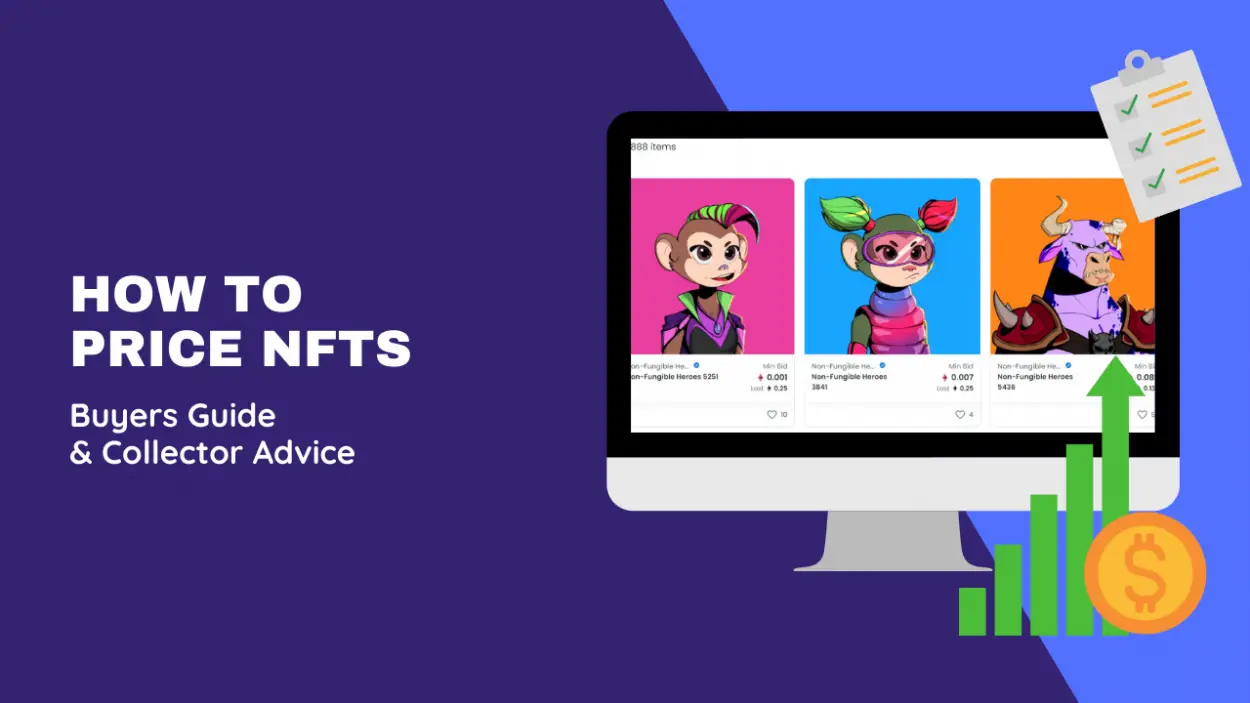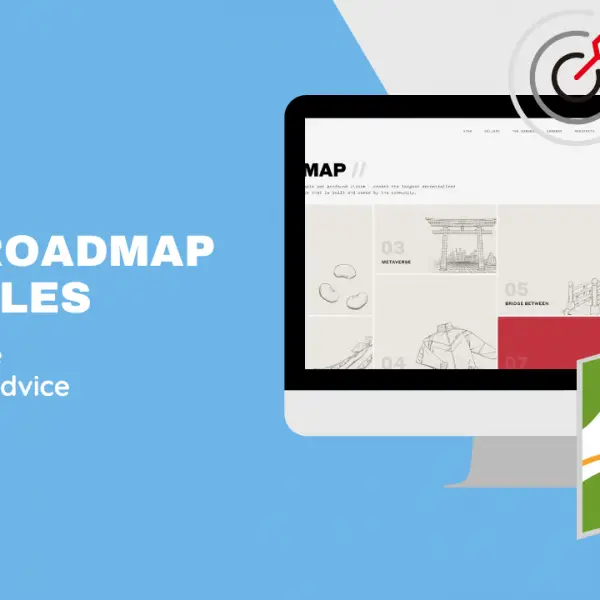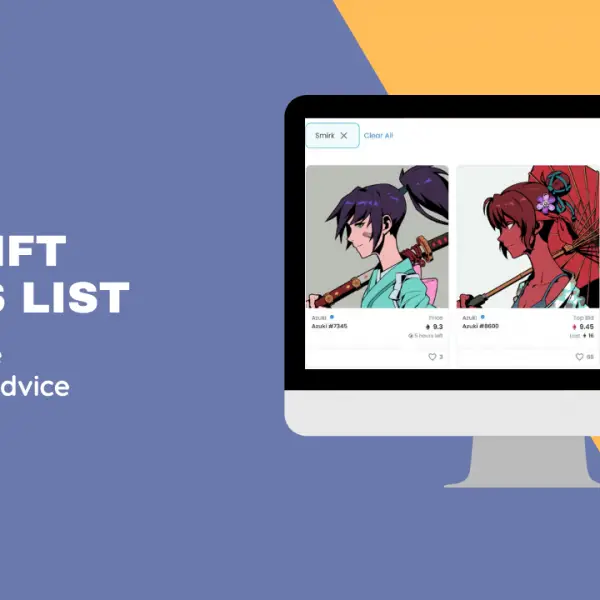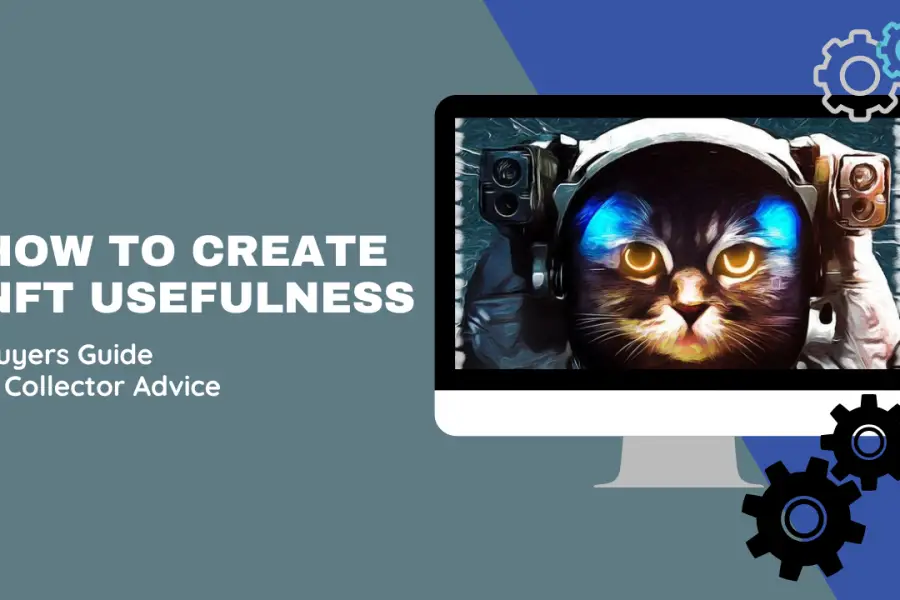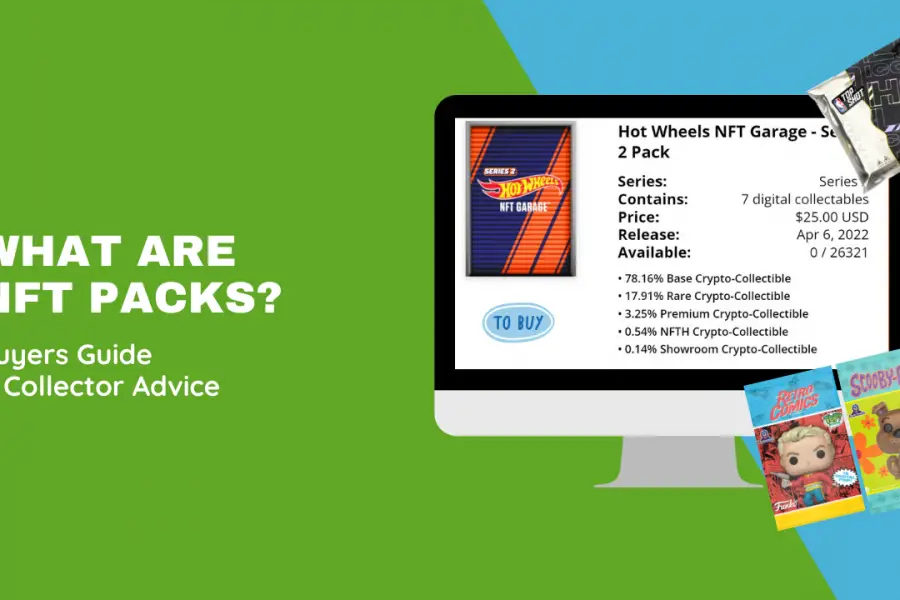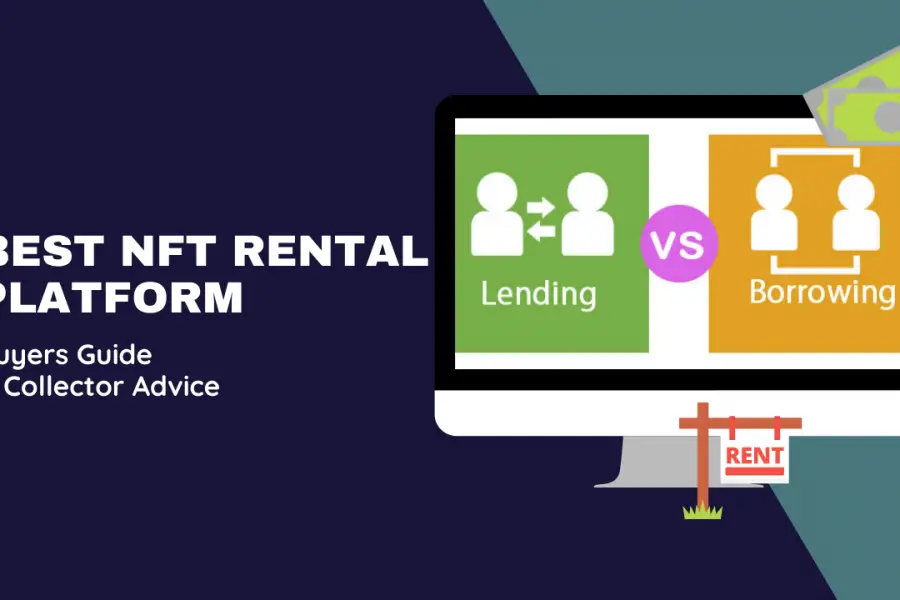Identifying the best nft pricing strategy requires knowing how to price nfts with profitability top of mind. Any crypto art can get sold for millions, and anyone can make that type of money with the right strategy.
We put together a guide sharing why nft prices go up and down, how you should price your artwork differently depending on how many editions you plan to produce, and details about the importance of establishing a high floor price.
NFT pricing comes down to understanding the costs of selling a nft, the created value your artwork produces, and your end goal. For example, are you trying to sell this nft quickly, or are you looking to make a nft project relevant to become a blue-chip nft one day?
Most new nft sellers do not know why they are listing an nft and haven’t spent enough time writing out a roadmap to help plan their long-term utilities, making it difficult to determine the best price. Also, most haven’t looked at competitors or identified comparative examples.
Learning how to price nfts boils down to knowing which nft pricing model to use and who your target consumers (or collectors) are to optimize sales. It also helps you avoid a costly mistake causing an nft project failure.
Let’s dive in:
What’s the Best Pricing NFT Strategy for Beginners?
In short, using a ‘buy now’ option via a secondary marketplace compared to an ‘auction’ tends to increase your chances of selling out quickly. However, ‘auction’ or ‘bidding’ options allow for higher prices creating a more significant sum or total over the long run. Therefore, deciding on the proper method requires knowing the nuances of nft pricing and the different types available:
1. Owner Price: The value an nft is worth based on what the owner thinks and believes.
2. Current Listing Price: The listed value is an nft for a secondary marketplace.
3. Buyers Price: The value a potential buyer is willing to purchase an nft for on a secondary marketplace.
4. Actual Price: The value an nft sold during the auction on a secondary marketplace.
Understanding what utilities your nft project has how you compare or differ from the rest of the nfts available will help you determine the best price moving forward.
Value Is in the Beholder – Who’s Buying Your NFT Matters.

This crypto meme values the collectibles far more than their necessities. When in reality, it can be the complete opposite for someone else. Overall, there’s a buyer for everyone; however, you need to let the market speak.
How To Price Your NFT Art?
Typically, the higher the number of art pieces, the less valuable it becomes. However, it depends mainly on if those are copies. More copies lead to lower prices because they are not unique and easily obtainable. The lower number of art pieces available, the more valuable they become. For example, a 1:1 can be priced higher than 100 copies.
Versions, also known as ‘editions,’ help determine the overall value an nft has when selling on a secondary marketplace. For example, if you have ten editions and sell all ten at once, the number 1 edition would sell fastest and for the highest piece.
Let’s dive into why you should price your nft fine art differently based on how many editions you plan to mint on the blockchain:
Split your artwork into two categories: Affordable vs. Luxurious

Affordable
- 10,000 non-fungible tokens
- Easily to trade or gift
- Starting price is at .02 ETH
Using the nft pricing model of affordability gives you a competitive advantage since more collectors can join in purchasing at those costs.

Luxurious
- 1 of 1’s
- Sold only for a limited amount of time
- Starting price is at .1 ETH or 1 ETH.
Using the nft pricing model of luxurious targets less collectors, however, you can charge more getting to your financial goal quicker.
Decide between an ‘affordable’ or ‘luxurious’ nft pricing model first and then establish the rest.
Identify Your Goal Upfront to Define Your NFT Pricing Strategy.
Is your goal to sell out quickly? Or is it to remain relevant for a long time and become a blue-chip nft?
To become a treasured artist in the space, you’ll want to think through your goal before setting the price. There’s value in being able to say you’ve sold out and that you’ve done it fast. However, it’s not the only way to promote your nft collection and pump its value.
For example, let’s say you’ve already sold an nft collection starting at 1 ETH, and now you are looking to price your following collection. If your goal is to sell out quickly, then keeping your price at the same as your original collection will do precisely that. However, your series one collection will increase perceived value since it’s considered older and original. In other words, if your next 50 are similar, then the higher prices elevate your first 50.

Additionally, if you add the second series, you can decide on charging more than the original because it shows your work is now going for more and worth more. It’ll likely make an impact on your first series as those perceive it as cheaper and more affordable.
When talking with most collectors, they recommend not lowering your prices and avoiding putting your nfts on sale or at a discount because it shows there’s a lack of demand or interest.
It’s entirely up to you how you’d like to price your nfts; here’s another example that could help you.
Understand how many pieces you plan to release at once.
If you think you’ll produce 30 pieces, and all are 1:1s, unique, and not similar to each other, you’ll want to increase the price. However, if you plan to do 100 pieces and all are the same with very few differences, a set price works best.
Best Method When Selling an NFT: Fixed Price or Auction?
Most secondary marketplaces in the nft space have two options, and some allow you to use both of them simultaneously, like foundation. First, however, it’s essential to identify a pricing strategy that works for each.
In short, similar to how you want to split your price between affordable and luxurious, it’s also valuable to consider setting up bidding.
Deciding on which is better for your nft fixed price or auction, comes down to understanding how they differ and the pros vs cons.
1. Fixed Price
You can purchase using a ‘Buy Now’ option on the marketplace without the need to place a bid or having the ability to negotiate. However, some marketplaces do offer the ability to send an ‘offer’ in which you can ‘acceptor ‘decline’ the purchase. In this case, you’ll want to use this method for setting the price on your ‘Affordable’ nfts.
2. Auction
You can allow collectors or non-collectors to bid on your crypto artwork. The auction begins after the first bid and lasts for 24 hours in its entirety. Typically, you set the price for an auctioned item lower than your ‘buy now’ option because it allows the opportunity to get your art at a discount.
A great pricing strategy for getting nft sales is using the ‘auction’ for donations or 1:1s because the potential for creating a bidding war is high for these exclusive pieces.
Depending on which option you go with, you’ll also need to decide on your nft starting price.
What’s the Best Starting Price For Your NFT?
Typically, asking for 1 ETH is not too much or too little. However, you can always change this nft price at anytime. If you find that your audience can’t afford 1 ETH then move towards a lower price. By setting an average nft price compared to the market’s recently sold, it gives you a higher chance to avoid making the mistake of over pricing your nft launch.
What Determines When an NFT Price Goes up or down?
Demand decides the price (listen to the nft market)
The more you mint and the faster you sell out, the higher the floor price will become on secondary marketplaces. Therefore, finding an affordable price and within range to similar artwork will yield the best results. A great measurement to consider is to look at market capitalization. It’s the total number of the latest value of NFTs from certain collections.
Some Items drive prices to go higher
While these prices go up and down, there’s usually multiple factors that can influence an increase. Here’s a list of examples:
1. Good News
A common saying is ‘Good news, travels fast’ rings true when it comes to nft project launches and the increase it has on prices. For example, an nft backed by a donation directly to the charity or helpful organizations is a great way to promote a positive message and gain popularity.
2. Active Community
Discord is a great way to build that loyal fan base and connect with nft holders. If you find your nft collection gaining popularity via social media or it has a solid community that makes everyone, feel engaged, a price can go to the moon. Some go as far as creating rivalries to inspire a tribe movement. For example, Starship and Alien World are play-to-earn games with incredible communities.
3. Attention
Sometimes you get unwanted attention when you don’t ask for it or aren’t familiar with getting it. For example, if you join a Twitter space where everyone is talking about crypto, and a friend calls out your nft collection, this attention can drive up your price.
4. Timing
Go to Open Sea and find an nft collection you are interested in purchasing. Look for ‘volume traded’ at the top and click on it to list the latest sales made in the collection.
Use the filter to sort by last seven days, 90 days, or more to identify how frequent sales are made and at what prices. You can also check the 90-day average price and trading volume.
If you see nfts sold within a few hours from each other, it suggests it’s a health project with a lot of popularity and interest. On the other hand, if you see it takes months or weeks before a sale occurs, it could be that the nft project isn’t maintained or promoted enough.
What Is Floor Price and Why Does It Matter?

Whats a floor price nft? The floor price is the indicator of the health of the nft collection project. It’s often the lowest price for a particular non-fungible token. Use this number to determine your nft pricing for future projects.
If you were to set your nft at the floor price, buyers feel it’s implying you want to sell quickly.
Go to Open Sea and use the ‘Buy Now’ filter for a specific nft project. Then, take it further by using the ‘Low to High’ sort option. Once you get a sense of which nfts are at the floor price, you need to consider how quickly they are selling to determine your own nft pricing.
If the floor price is .02 and it has multiple (3-5) at the same floor price, that suggests it’s likely a reasonable price. However, if there’s only 1, then it shows the floor price is still in flex, and you should monitor until you can determine the accurate floor price for this collection.
You can use the online web tool called ‘NFT Price Floor,‘ which shares a list of up to 300 nft top projects and the latest floor price. Projects like bored ape yacht club nfts have a high floor price on secondary marketplaces and this tool can analyze other blue chip nft projects. Which is why people can find collectibles (opportunities) that sell for millions of dollars.

You can sort the graph by ‘Last 7 Days, ‘Last 14 Days. ‘Last 30 Days’ and ‘All-Time.’ are critical because you can get a sense of a comparative example nft project how you can expect to see the price interact.
What Are the Costs When Selling NFT Art?
There are costs associated when selling crypto art, and it’s essential to consider these when pricing your nfts. For example, you could run the risk of cutting into your profits if your margins are too small.
1. Minting Fees
To generate the authentication certificate, you need to go through minting your nft. We share more details about that in our guide on mint nfts. However, each nft requires minting before selling, and those will come at a cost.
2. Listing Fees
A fee is collected when an nft becomes available on a secondary marketplace. For example, eBay charges a fee to list a physical product on their website; these exist for nfts and are required.
3. Commission Fee (from the platform)
It’s a fee in the form of a percentage the secondary marketplace takes when an nft is purchased. For example, the foundation’s current commission fee is 15% of the total sale. So let’s say you’ve sold an nft for $300; the commission fee will be $45.
4. Escrow Fee (after payment)
To get the money out and into your wallet, it’ll require paying an additional fee. This fee can cost anywhere between $30 to $55, mainly depending on the platform you use.
Keeping in mind the total costs when setting your pricing strategy will save you from negative. Profit First by Mike Michalowicz does a great job explaining the importance of taking profits first and not falling trap to over committing on costs.
It can cost on average $30 to $50 for the minting process alone.
Listing the nft can cost $60 to $100, and 15% platform fees can cost up to $45. Lastly, the escrow fee can cost up to $55. So, in other words, the total cost of selling your nft would be around $250.
If you are not careful, an nft costs could result in a low-profit margin where 80% of revenue goes to fees, and 20% goes towards profit. Instead, you’ll want to flip that around by charging a multiple of 2x or 3x its costs. Going back into our example, if you sold an nft at $300 and the fees cost $250, your profit would be $50. Keep in mind this does not include taking out taxes.
Now, if you sold an nft at $600 (still having to pay the commission fee of 15% on 600, which would come out to $90 compared to $45), total costs would be $295, and profits would be $305. That would be a 148% increase in profit simply by 2x the price of your nft.
Why NFT Price Can Make or Break Your Project
Not all nft sellers feel the price impacts the overall success of your project. However, they may be optimizing for a different goal, and doing a profitable nft project isn’t what they are looking to do. When you consider the costs associated with minting, listing, and selling an nft, you quickly see how essential it is to price correctly.
It also explains why you can’t buy nfts at a price lower than $300 in most cases because the artist wouldn’t be able to make any money from the sale since there are so many gas fees.
Overall, spending the time to think through how many pieces of art you’ll sell and what the floor price should be will save you from the headache it creates in the future if you don’t.
If you’ve enjoyed reading about how to price nfts and identifying the perfect nft pricing strategy, you may also like these:
